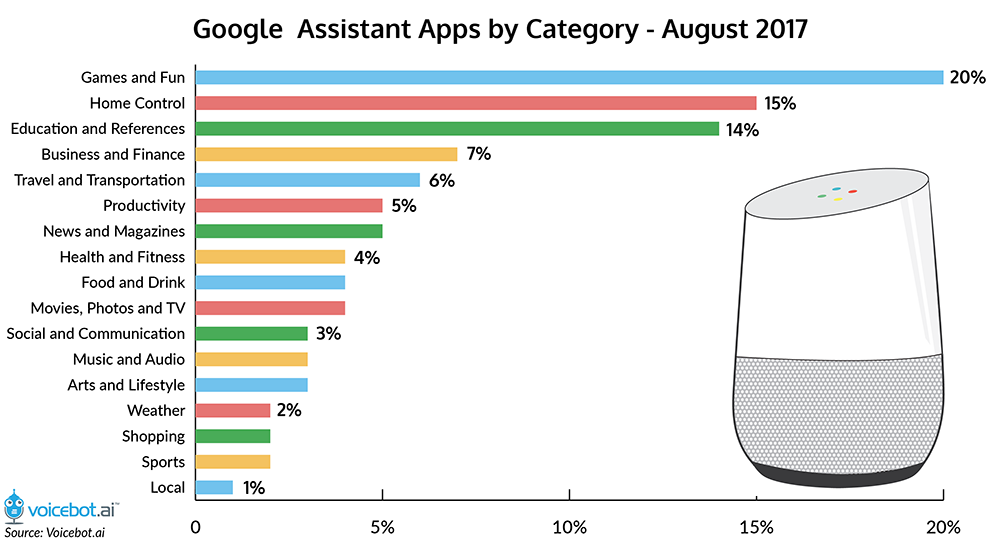
They’re touted as the next generation’s main tool of communication but how can brands stay ahead of the game by incorporating voice assistants into their marketing mix now?
Get the infographic!
The key to understanding voice search is to understand how people use it. According to eMarketer, nearly 112 million people, or one-third of the US population, will use a voice assistant at least monthly on any device in 2019. While years of experience with search engines have taught most users to use keywords or simple phrases when typing a query, voice search makes for a much more conversational approach. Rather than typing out a few keywords, users are asking whole questions like “what time does the pizzeria close?” or “Who won the game last night?” and similar such inquiries. Here’s what you need to know to get your brand in on the action.
BE CONSISTENT IN YOUR CONTENT MARKETING PROGRAM
According to Hero Digital, “Keep your local SEO up to date with correct information. Select appropriate business categories.” In addition to that, monitoring and responding to reviews of your business optimize your brand’s ability to be crawled by Google when Google Assistant users are looking for their next dinner takeout or the best nail salon in town. Understanding your customers’ search behavior, lifestyle traits and demographics are also key considerations when determining what types of phrases need to be constantly updated so that audience reach and brand uplift are achievable goals using the employment of effective voice marketing tactics.

Source: voicebot.ai
ENSURE YOUR METADATA IS ‘SPEAKABLE’
According to Google’s Developer website, “The Google Assistant uses speakable structured data to answer topical news queries on smart speaker devices. When users ask for news about a specific topic, the Google Assistant returns up to three articles from around the web and supports audio playback using TTS for sections in the article with speakable structured data. When the Google Assistant reads aloud a speakable section, it attributes the source and sends the full article URL to the user's mobile device through the Google Assistant app.” As you can see in the image below in the yellow
highlighted section,
Source: searchenginejournal.com/get-started-schema/204518/#close
DETERMINE USER ACTIONS VS. USER ANSWERS
When deciding to create effective content that’s optimized for voice marketing, the strategy must be guided by a simple question “Do you want to provide information that will be presented in the form of an answer to a user question or would you like the user to take a specific action? The idea is focusing on how the presented content will actually address a user’s problem or challenge. Answers will provide responses from webpages crawled by Alexa and Google but actions help the user achieve a task they would otherwise have to do manually themselves e.g. “Dim the lights” or “Set a timer”. For Google, developers can use Google Actions and for Alexa they can use Alexa skills to build custom response apps powered by the platforms’ AI-driven technology.
Cisco has forecasted that 50% of all search queries will be done through a voice assistant in 2020. Whether you’re still researching the effectiveness of this dynamic media type or in the process of looking for the right team to build the voice app of your brand’s dreams a couple of things stand true: Voice marketing has only just started and it’s not going anywhere, anytime soon.
Let's Get to Work.
Have an unsolvable problem or audacious idea?
